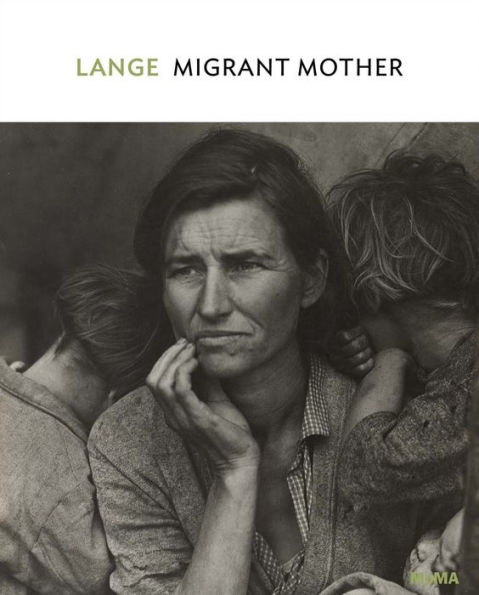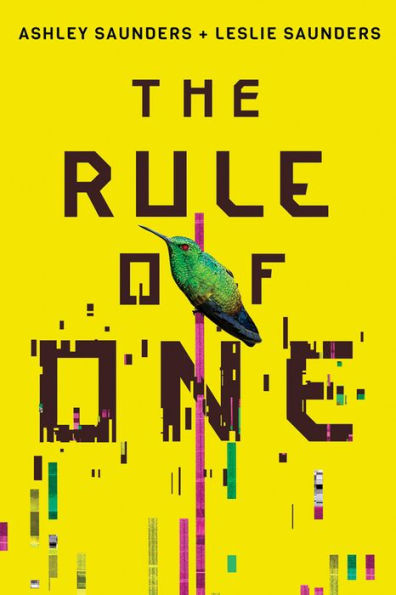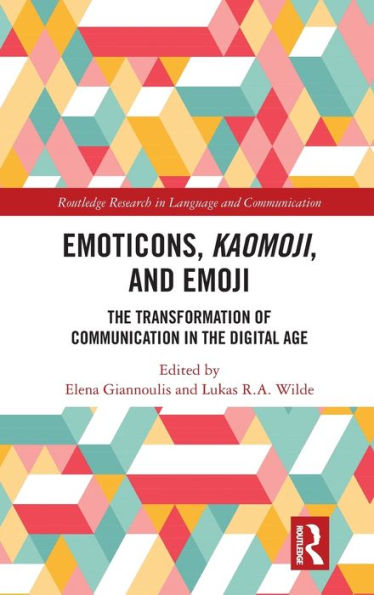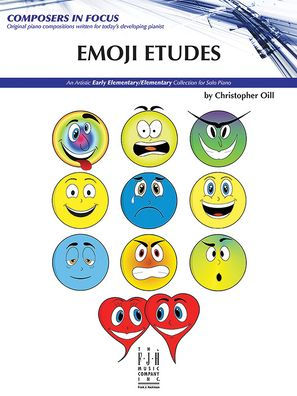Home
Shigetaka Kurita: Emoji: MoMA One on One Series
Barnes and Noble
Shigetaka Kurita: Emoji: MoMA One on One Series
Current price: $14.95
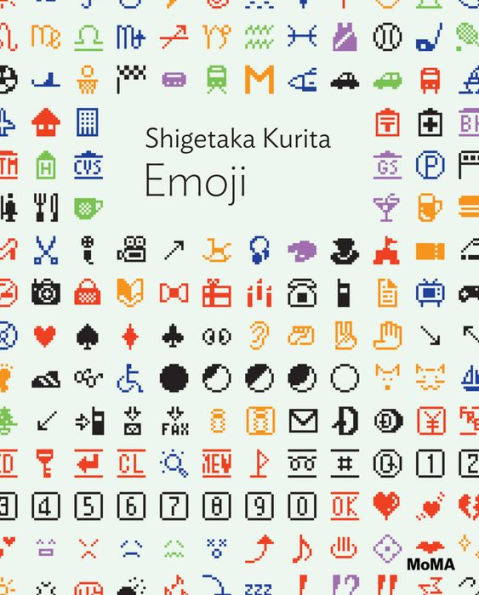

Barnes and Noble
Shigetaka Kurita: Emoji: MoMA One on One Series
Current price: $14.95
Size: OS
Loading Inventory...
*Product information may vary - to confirm product availability, pricing, shipping and return information please contact Barnes and Noble
On the development of emoji, from their creation by the legendary Japanese designer to their present-day global ubiquity
Created in 1998 by Shigetaka Kurita (born 1972), a young designer at the Japanese telecom company NTT DOCOMO, emoji act as the body language of online speech. Emoji--taken from the Japanese
e
for picture and
moji
for character--bring nuance to our online interactions and are a part of the long history of improvements to human communication, from the invention of writing to the arrival of the printing press and the advent of computers. In this volume of the MoMA
One on One
series, collection specialist Paul Galloway traces the development of emoji from the cell phone companies and youth culture of 1990s Japan to its current status as a global phenomenon.
Created in 1998 by Shigetaka Kurita (born 1972), a young designer at the Japanese telecom company NTT DOCOMO, emoji act as the body language of online speech. Emoji--taken from the Japanese
e
for picture and
moji
for character--bring nuance to our online interactions and are a part of the long history of improvements to human communication, from the invention of writing to the arrival of the printing press and the advent of computers. In this volume of the MoMA
One on One
series, collection specialist Paul Galloway traces the development of emoji from the cell phone companies and youth culture of 1990s Japan to its current status as a global phenomenon.

